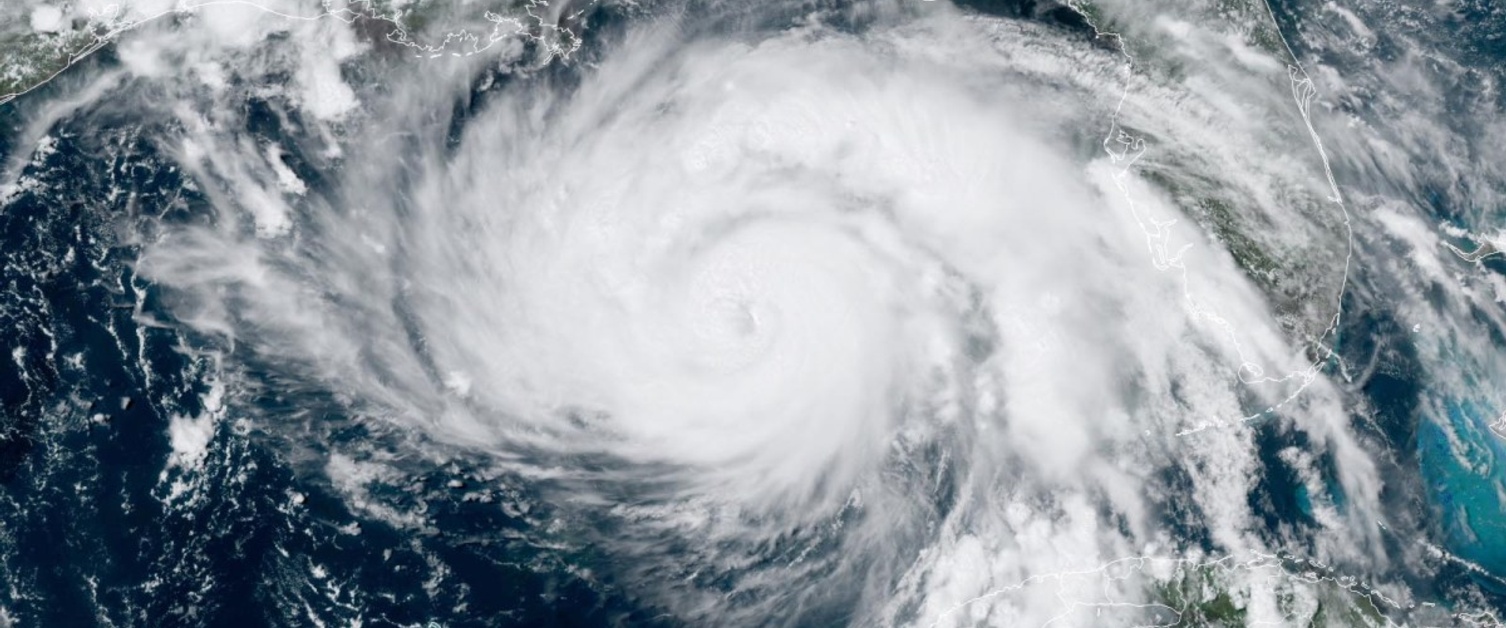The Latest Headlines
- By AMS Staff
- Sep 3, 2021
Image credit: NOAA/RAMMB/Colorado State University
Here are a few of the news stories from the weather and atmospheric sciences world that we've been following this week. Do you have a story we missed? Share it in the community!
Where Ida got its fuel
As Hurricane Ida headed into the Gulf of Mexico, a team of scientists was monitoring a large pool of warm water that swirled directly in its path. An oceanographer from that team breaks down how the Loop Current helped turn Hurricane Ida into such a gigantic storm, and how he monitors the oceans in order to help with severe weather prediction.
Explained: why Ida is so deadly so long after landfall
Although Ida lost most of its 150 mph (240 kph) wind force after landfall, the storm kept its strong rainy core. Then it merged with a wet and strengthening non-tropical storm front, resulting in forecasted, but unmanageable amounts of rain. Read this explainer to see Kerry Emmanuel, Louis Uccellini, Marshall Shepherd, Bob Henson, and more weigh in on why Ida’s impacts in the Northeast are so devastating.
How arctic warming makes more extreme cold events more likely
Atmospheric waves can move up and down over large distances, and that can link the weather and climate in one region, like the Arctic, with regions elsewhere, like Texas. It still feels like summer in a lot of places, but this latest study on the Texas cold snap shows how snow and ice loss in the Arctic is changing the way the jet stream behaves, and causing extreme winter weather in unusual places.
Insect activity impacts the carbon cycle
New research reveals that some insects can actually reduce the amount of carbon that goes back into the atmosphere. “The interesting thing is that a number of insects bring their own fungi to the wood, and they are like farmers,” says ecologist Jörg Müller. “These mushrooms outcompete the principle decomposer of deadwood, so that you slow down the decomposition process.”
First written records of volcanic eruptions in the Americas
The codices of the Aztecs not only catalog climate data and severe weather events, but also preserve some of the earliest written records of volcanic activity. A new study is now able to date many of these events. Referred to as tlal-ollin or nahui-ollin in the Indigenous Nahuatl language, earthquakes are represented in Aztec pictograms by two symbols: ollin (movement) and tlalli (Earth). The symbol for ollin consists of four helices symbolizing the four cardinal directions, while tlalli features one or multiple layers of multicolored markings denoting precious gemstones. Read more about the latest finds.
